If you're an engineer or tech professional working at a company with an Employee Stock Ownership Plan (ESOP), you’ve got a great opportunity to build serious wealth. It can be a definite game-changer. But to get the most out of it, you need to understand how it fits into your overall financial plan. Whether you're just getting started or thinking about retirement, a little planning can turn your ESOP into a financial game-changer.
ESOP 101: What You Need to Know
An Employee Stock Ownership Plan (ESOP) is a retirement benefit that gives you ownership in the company you work for. Unlike a traditional 401(k), where you invest in different assets, an ESOP gives you company stock. Here’s the gist of how it works:
- Company Contributions: Your employer gives you shares in the company—no money out of your pocket.
- Vesting Schedule: You gain full ownership of those shares over time, depending on the company’s vesting rules. These vesting rules can vary all over the place from 1 year to over the course of 5 years. Make sure you understand your company’s specific rules.
- Payout Rules: You get your shares (or cash equivalent) when you retire, leave the company, or experience a qualifying event like disability or death.
ESOPs can be a fantastic wealth-building tool, but they also require some smart planning.
Key Things to Keep in Mind
1. Don’t Put All Your Eggs in One Basket
One of the biggest risks with ESOPs is having too much of your wealth tied up in one company—your employer. Here’s why that’s risky:
- Company Ups and Downs: If your company struggles, your ESOP balance could take a big hit.
- Double Trouble: Since both your paycheck and your investment are linked to the company, a downturn could hurt you twice.
- Hard to Sell: Unlike stocks in your 401(k), you can’t just sell your ESOP shares anytime you want especially with smaller companies.
To avoid putting all your eggs in one basket, think about:
- Selling some ESOP shares when you can and reinvesting elsewhere.
- Building up other retirement accounts like a 401(k) or IRA.
- Keeping an emergency fund so you’re not overly reliant on your ESOP when the time comes.
2. Taxes: Know What You’re Getting Into
Taxes can get tricky with ESOPs, so understanding the rules can make a big difference. Here’s what to keep in mind:
- Income vs. Capital Gains: If you cash out your ESOP shares all at once and roll them in an IRA, you won’t pay taxes until you withdraw the money (just like a normal IRA or 401(k)). But if you take the shares directly, you could benefit from lower capital gains tax rates on any growth.
- Net Unrealized Appreciation (NUA) Strategy: If your ESOP stock has grown a lot, you might be able to pay less in taxes by transferring shares to a brokerage account instead of rolling everything into an IRA. This really depends on the ESOP plan itself.
- Required Minimum Distributions (RMDs): If your ESOP is part of a retirement plan, you’ll need to start withdrawing money down the road, which could bump up your tax bill.
3. How and When You Get Paid Matters
ESOP payouts usually happen in one of three ways:
- Lump Sum: You get all your shares at once—be ready for a big tax hit.
- Installments: You receive payments over time, which can help with tax planning and cash flow.
- IRA Rollover: Moving funds to an IRA lets you defer taxes until you start making withdrawals.
Knowing how your company’s ESOP works will help you make smart choices when it’s time to cash out.
4. Plan for Retirement with Your ESOP
Your ESOP is just one piece of the retirement puzzle. To make sure you’re set up for the future, think about:
- When You Want to Retire: Knowing when you can access your ESOP funds without penalties.
- How Much You’ll Need: Making sure your ESOP and other savings will cover your retirement lifestyle.
- Managing Risk: Spreading your investments out to keep your financial future secure.
5. Think About Estate Planning
If you’ve built up a big ESOP balance, don’t forget about estate planning. Some key steps include:
- Naming the right beneficiaries.
- Understanding how ESOP payouts affect your estate.
- Working with a financial pro to create a tax-efficient plan for passing down wealth.
Smart Moves to Maximize Your ESOP
Want to get the most out of your ESOP? Here’s a quick game plan:
- Check Your Full Financial Picture: Know where your ESOP fits in with your other investments.
- Talk to a Financial Advisor: Get expert advice on diversification, taxes, and payout strategies.
- Stay Updated on ESOP Rules: Keep track of your vesting schedule, distribution rules, and investment risks.
- Review Your ESOP Regularly: Adjust your strategy as your financial situation changes.
- Plan for Liquidity Needs: Make sure you have access to cash without selling your ESOP shares at the wrong time.
Final Thoughts
Be proactive. An ESOP can be a fantastic way to build wealth, especially for engineers and tech professionals at successful companies. But it’s important to manage risks, plan for taxes, and ensure your retirement is secure. Always remember, the whole point is to see how you can take that advantage and turn it into a life well lived.
